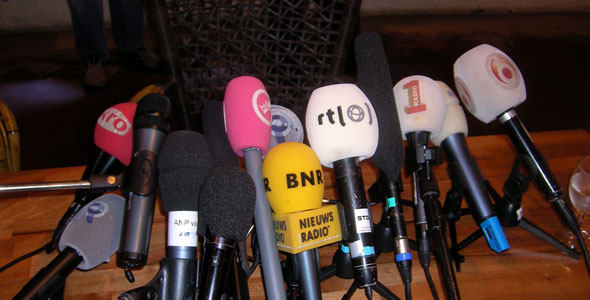With so many components crafting and driving a successful communications plan, it’s easy to confuse what exactly is what. I often get approached by potential clients who confuse public relations (PR) with marketing, marketing with social media, advertising with PR, and so forth. Here’s, an explanation in layman’s terms of what PR is and isn’t:
PR in a Nutshell
Commonly abbreviated as “PR,” public relations is all about promoting your brand to gain exposure. A successful PR campaign will not only increase your brand’s awareness amongst both consumers and industry, but ultimately increase your bottom line as well. PR professionals work to gain a company or brand exposure through generating third party endorsements within mediums such as: magazine, newspaper, online, broadcast, radio and celebrity. These endorsements, or placements, come as the result of getting your brand into the hands of key editors, writers, reporters, producers, stylists and more who may choose to endorse, or feature, your brand.
Unlike advertising where you pay money to guarantee your spot, PR placements are not paid for. As such, PR is a gamble. While you may be paying a PR professional or agency to get you those coveted media placements, they are not guaranteed. To illustrate, let’s take a look at two handbag companies who both want to appear in Lucky Magazine:
Brand A
Brand A puts their budget into a guaranteed ad in Lucky’s May issue. They send in their payment and their spot is secured.
Pro – exposure is guaranteed.
Con – exposure (ad space) is extremely costly, and not as reliable from a consumer’s point of view as a third-party endorsement. Consumers aren’t dumb. They know that if you are paying money to advertise, you of course are going to say great things about your brand. A third party endorsement from an editor at Lucky, on the other hand, is objective and therefore more reliable and trustworthy.
Brand B
Brand B invests their budget into a PR agency that has established relationships with the editors at Lucky. The PR agency does everything they can to pitch the line for inclusion into upcoming stories surrounding handbags – sending press releases, look books, samples, etc. in the efforts of securing a media placement.
Pro – For the cost of Brand A’s single advertisement, Brand B is getting months of PR outreach not only to Lucky, but to numerous other magazines and media outlets as well. If the media placement runs, Brand B will come out looking more legitimate and reliable to consumers due to its objective third-party endorsement.
Con – There is no guarantee Brand B’s handbag will run in Lucky. The PR agency will do everything they can to pitch the handbag line, but it is ultimately up to the editor what will and will not run.
While there is no doubt PR is a gamble and can be a risky use of any brand’s budget, if you have a good PR professional or agency, and above all a good product or service, editors and media members will take note. And when they do not only will your investment will pay off, but your brand will take off.
© YFS Magazine. All Rights Reserved. Copying prohibited. All material is protected by U.S. and international copyright laws. Unauthorized reproduction or distribution of this material is prohibited. Sharing of this material under Attribution-NonCommercial-NoDerivatives 4.0 International terms, listed here, is permitted.





